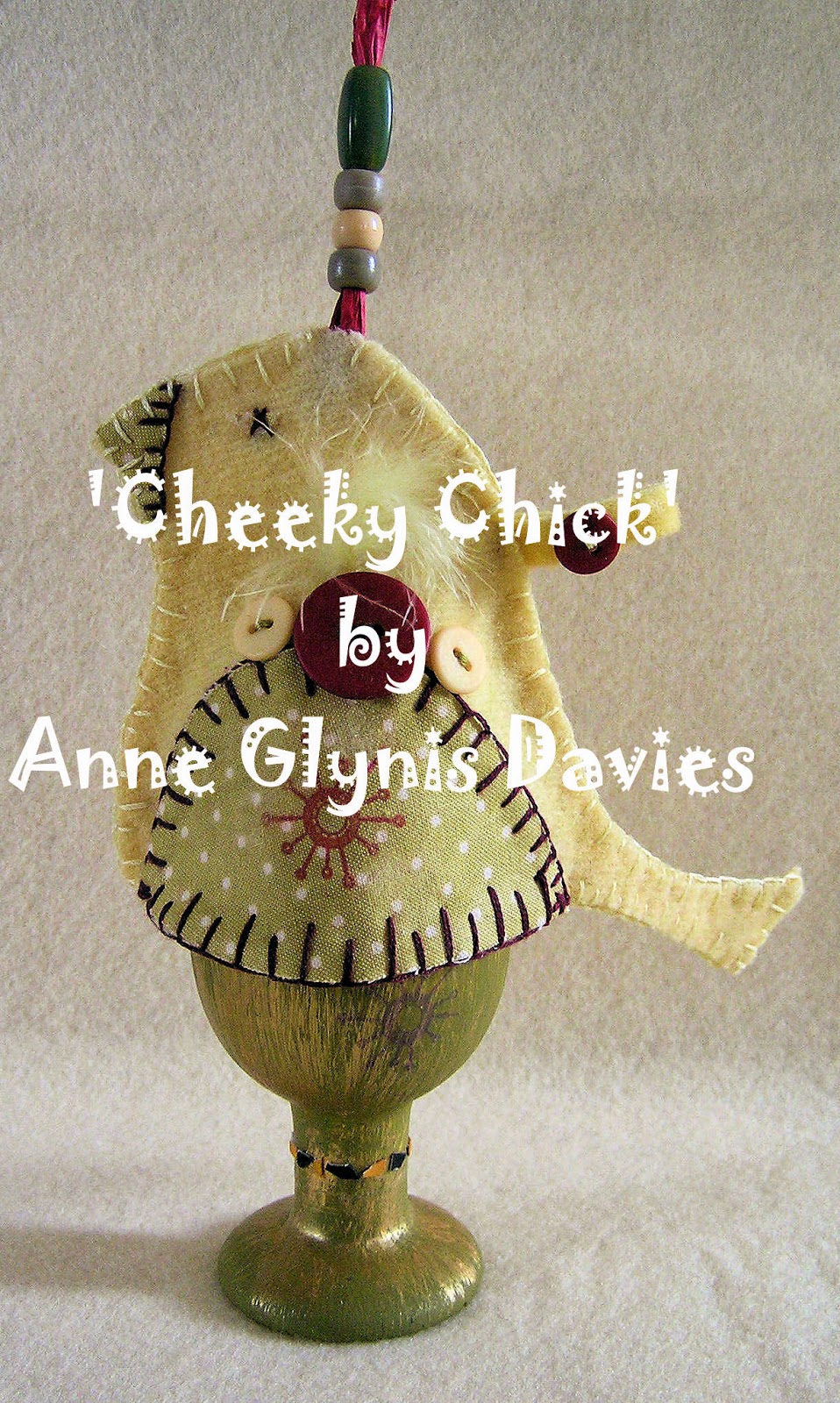If you're interesting in
wet felt-making, make sure you read these ten felty facts before you
get started:
Felt
– The Oldest Man-Made Textile
Felt
pre-dates knitting, spinning and weaving. Wall paintings found in
Turkey dating from 6500 to 3000 B.C. show a motif of felt appliqué.
It's origins are uncertain, although legends suggest nomads packed
their clogs with pieces of wool fibre to keep warm, which compacted
with friction during wear to create felt.
Not
Just Sheep...Other Animals Too!
Sheep are the main source of animal
fibre used in felt-making, although alpaca, camel, goat and rabbit
are suitable, too. There are more than 200 breeds of sheep worldwide.
Some breeds have fibres that are coarse and hairy such as Herdwick,
whereas Merino produce soft, fine fibres that felt easily.
It's
All In The Fulling
Wool
fibres are covered with overlapping scales. When heat, water and
friction are applied the scales 'open up' and act as hooks that
tangle together. Soap is massaged into the fibres to allow the scales
to slide more readily over one another. As the wool cools and dries,
the scales close up again; locking the fibres together to form a
dense mesh known as felt. During this process known as fulling,
wool fibres can shrink 25-30% from the original.
Don't
Go All The Way...Just Pre-felt It
In
pre-felt the fibres are matted so that the piece just begins to hold
together, yet the scales are still loose enough to felt onto a base
layer of wool fibres. Pre-felt can be cut into squares, circles,
strips etc. and felted into a background of unfelted fibre to create
designs known as inlaid
work.
5. So
Easy...No Ravel Or Fray
Felt
is
a non-woven textile that does not ravel or fray; so you can felt a
fringe, cut buttonholes or slits and use the natural edge as a hem.
6. Go
Colour Crazy...Or Not
Undyed fibres are either a natural
off-white or black, the colour of the original fleece. Commercially
dyed fibres range from brights through to soft pastels and neutrals.
Fibres can also be dyed with natural dyestuffs including onion skins,
woad, elderberries and cochineal. To blend fibres of different
colours, use wooden carders to give a subtle mix of shades and tones.
Jazz
It Up...With Yarns And Fibres
Woollen
yarns placed on a fibre base create interesting designs when felted
in. Try splitting the yarns into individual plies to produce a
crimped effect or experiment with using slub yarns. Silk fibres,
metallic fibres such as Angelina®
and synthetic
yarns are also used to decorate felt, although it is a good idea to
sprinkle fine wisps of wool fibre over the different elements to
'trap' them to the background fibre before felting.
Felt
in 3-D
 Wool can be modelled in
three-dimensions without the need for seams. This means you can make
different forms including pods, vessels, cones, bags, purses, hats,
berets, mittens, slippers and smart-phone covers. To create a hollow
form, a plastic resist or template is used to prevent the two sides
of wool felting together.
Wool can be modelled in
three-dimensions without the need for seams. This means you can make
different forms including pods, vessels, cones, bags, purses, hats,
berets, mittens, slippers and smart-phone covers. To create a hollow
form, a plastic resist or template is used to prevent the two sides
of wool felting together.
Nuno...A
Perfect Fusion Of Fibre And Fabric
Amazing
textured effects result when fibre and lightweight fabric are felted
together and the wool shrinks to ruche up the cloth. This technique
was first practised in the early 1990s by an Australian fibre artist,
Polly Stirling and her Japanese assistant. The name is derived from
the Japanese word nuno,
meaning cloth.
10. You
Don't Need To Felt Alone...Join Other Makers
The
International Feltmakers' Association,
is a not for profit organisation established to promote felt. The
association welcomes everyone with an interest in felt-making from
the beginner to the professional; and members receive a quarterly
journal, a forum to network with other members and exhibition
opportunities .





































